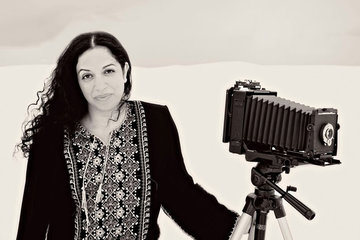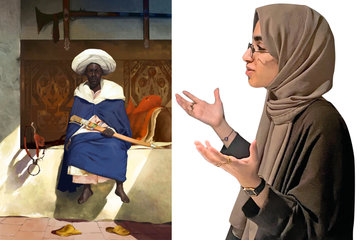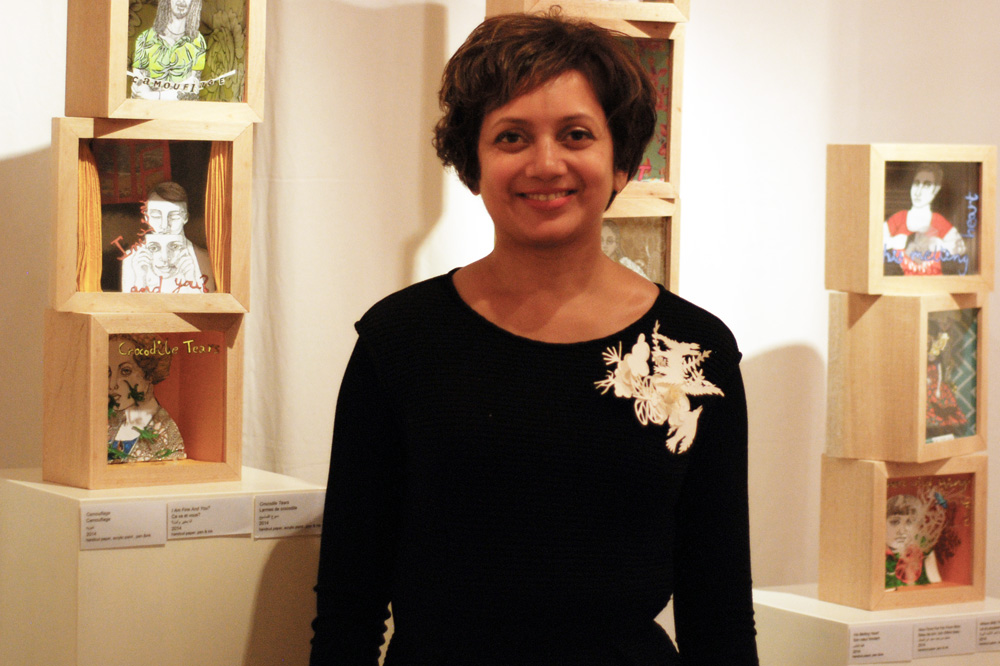
Debjani Bhardwaj
If you grew up in the Middle East or have an Arab heritage, you will most definitely have learnt lessons through fairy tales and stories of jinns. Like many from all parts of the world, these stories have been passed down for centuries, and now they’re being brought back to life in a new Dubai exhibition this month is UAE based artist, Debjani Bhardwaj, entitled, “Telling Tales”.
The exhibition will run from September 18th – October 30th 2018 at Tashkeel’s Nad Al Sheba space where, specifically, Omani and Emirati folk stories will be translated into ethereal works of art and installations, including an Emirati tale, “Salama and her Daughters” as well as Omani story about a woman who marries her daughter off to a palm tree.
Debjani’s artistic style consists of working with quirky sketches, drawings and intricate paper cuts that are heavily inspired by Arabian folklore. The Indian artist resides in Oman and has illustrated two children’s books,”‘World Tales” a book of folk tales written by the students of Dubai International Academy (2009) and “A Magic Place” (Orient Longman, 2010).
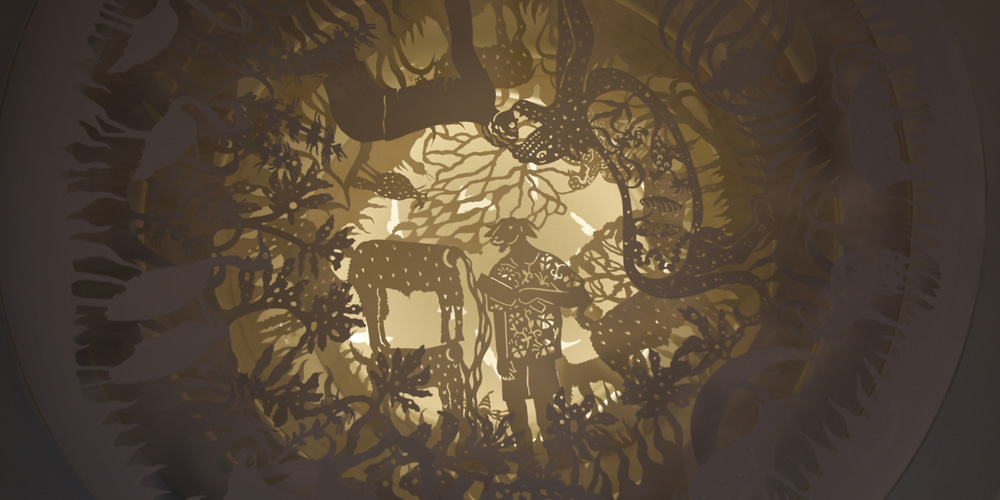
Bhardwaj’s Dubai exhibit is part of The Critical Practice Program, which is in its fourth year and takes place annually, presented by Tashkeel and offers sustained support for contemporary artists living and working in the UAE.
Speaking of her inspirations, Debjani talks about her favorite Middle Eastern folk stories and her extensive research on them, “I visited folktales from this region and found them intriguing,” she said in the hopes that this exhibition will revive interest in them. “Folktales from the Middle East were not merely narrated to amuse and entertain but are also instructive moral tales, intended to teach important life lessons to the younger generation. Behind the shiny gorgeous surfaces of folktales we can glimpse an entire history of childhood, family, society, and cultural norms,” she continued. “They also help to make sense of unexplained phenomena such as natural disasters and teach children to exercise caution.”
The Emirati and Omani stories used in the art showcase include a tale about an animal-human hybrid called Hemrat al Ghailah who gobbles up children who play in the heat of the afternoon sun. Debjani explains the moral of the story and its educational purpose, “This story is told with an intention to ensure that children stay within the safety of their homes when temperatures are soaring in the afternoons.”
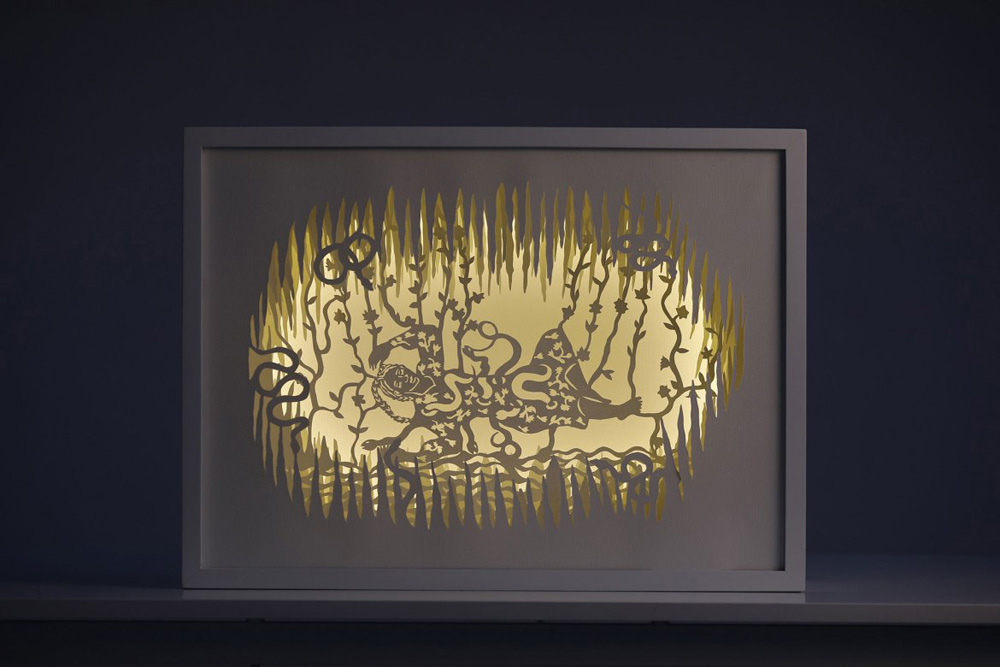
Bhardwaj also shines a light on how these old stories are relevant to life and culture now and how they touch on social issues, as she tells Vogue Arabia, “There is also a story about a lady jilted in love, who turns into an alluring jinn and takes grisly revenge by killing men who have been unfaithful to their wives; stories of small children being damaged; three sisters falling into a well for disrespecting their father, etcetera. Yes, these stories are unrealistic, but these situations are echoed even now in the news. Superstition, infanticide, and personal animosity are recurrent dangers and their victims devise ways of opposing them, avenging themselves on their perpetrators and of turning the status quo upside down. Women oppose male authority by being perseverant, strong, and wise.”
“Telling Tales” will see a running theme in the type of art that will be on display, which are tunnel books and kinetic toys. Debjani Bhardwaj has both hand cut and laser cut the tunnel books which will involve the interplay of lights and shadows, projecting scenes from the tales into large scale shadows.
“Some of the toys have old-fashioned hand drawn animation and all of them deal with a degree of audience interaction. The viewers are not simply passive observers but are intended to become integral part of the pieces,” she says of the toys she created for the show.


